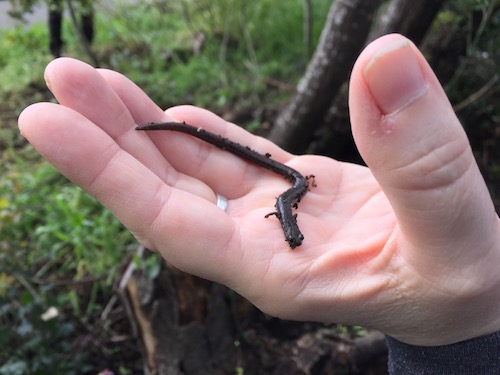Near the start of Winter Break, I was able to tag along on a walk-through of Crane Creek Regional Park, hosted by Hattie Brown of the Sonoma County Regional Parks, and John Parodi, with Point Blue Conservation Science. The primary reason for the trip was to discuss opportunities for students to get involved in fire recovery research, as parts of the park burned in the Nuns Fire last October. We did come up with some great ideas for student research, which I’ll talk more about during the Spring semester, when the research will be happening. For now, I thought I’d share some of my photos from that day.
The thing that struck me most is how undamaged most of the park appears. Already, the landscape is green, and there are very few obvious signs of the fire. As Hattie said while we were walking, “the wildlands will recover.”
















































































